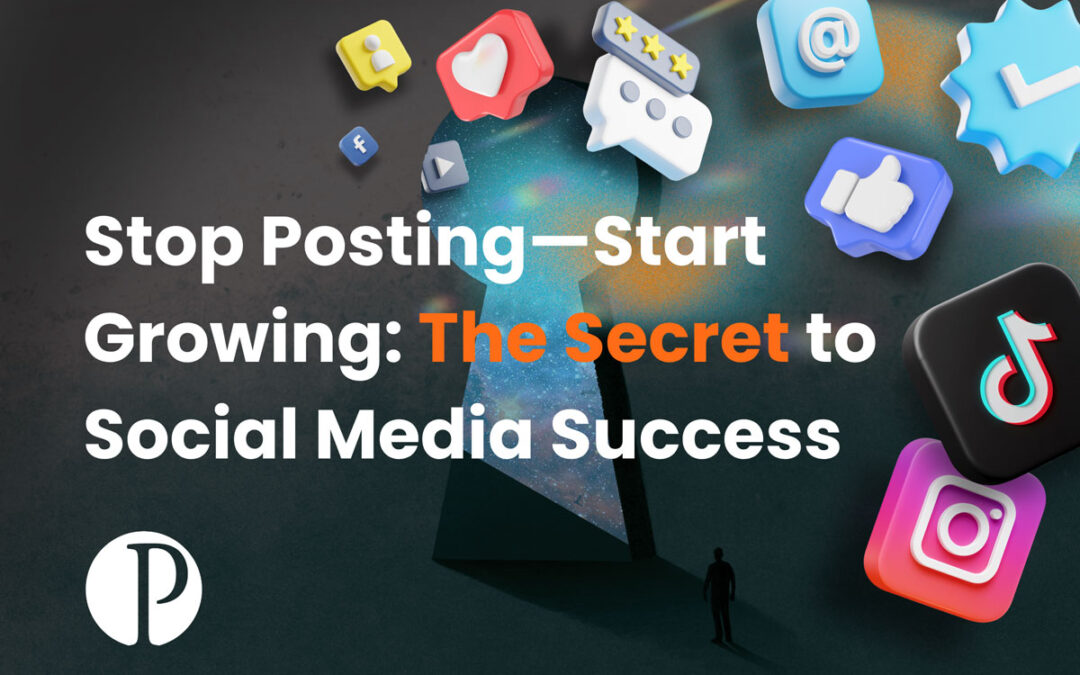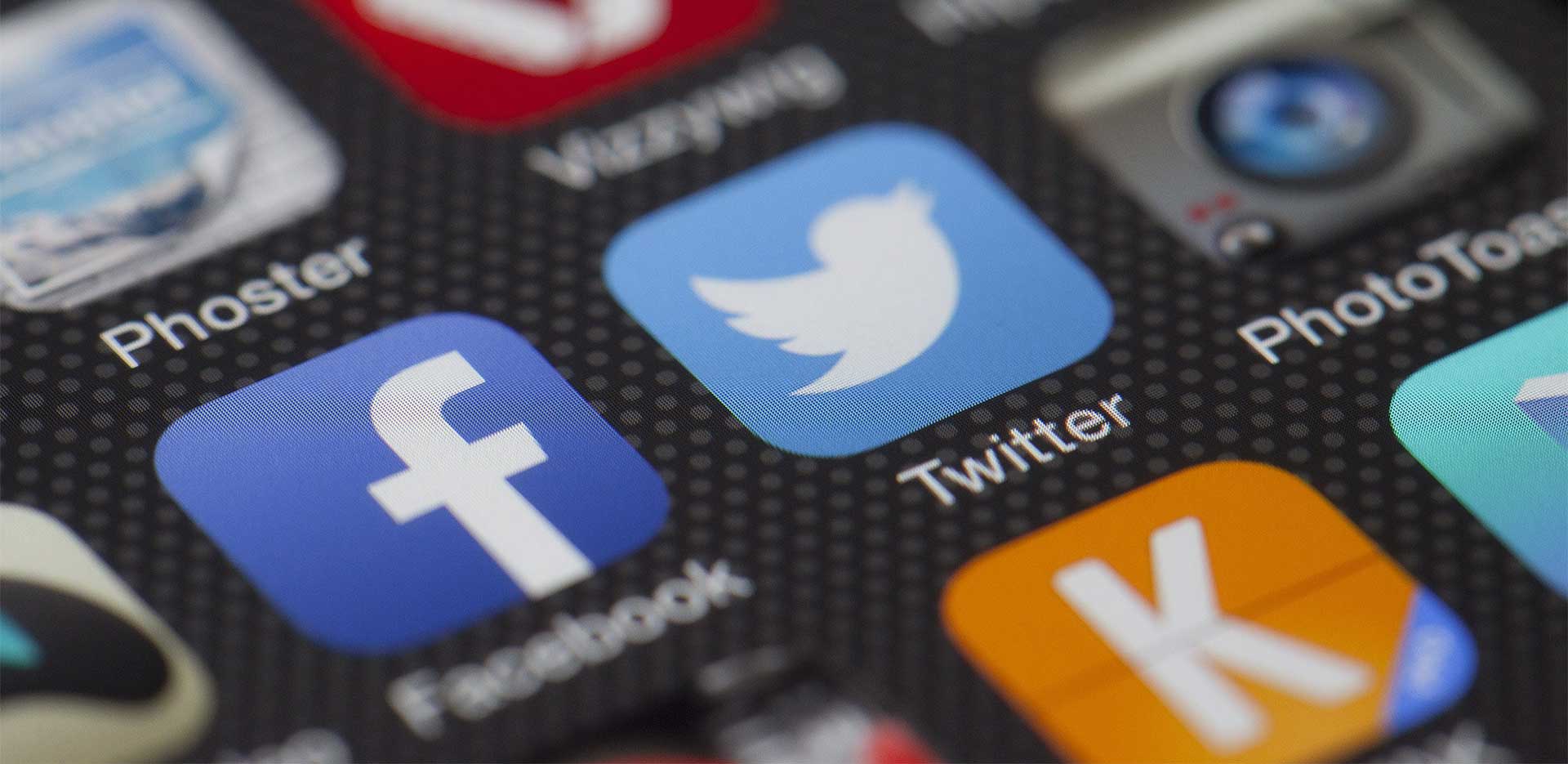“I believe in trusting men, not only once but twice…in giving failure another chance.”
-James Cash Penney
Based on his quote above, it’s safe to say that the founder and namesake of the ailing department store JCPenney would support newly reinstated CEO Mike Ullman’s second chance at leading the store back to a semblance of its former glory.
JCPenney’s massive financial slump follows a failed rebranding attempt by Ron Johnson who took Ullman’s place in 2011. Johnson was largely responsible for Target’s successful “cheap chic” rebranding as the vice president of merchandising and worked hand-in-hand with Steve Jobs at Apple to create its famously consistent brand experience (“geek chic,” as it were). Why didn’t JCPenney enjoy the same kind of rebranding success under Johnson’s direction?
Let’s look at what went wrong and what you can learn from it.
Johnson wanted to shake things up at JCPenney by doing away with coupons and sales, discontinuing some of the older and stodgier merchandise mainstays and simplifying the physical layout of the stores. His goal was to revitalize the chain by making “hip” changes. For most of JCPenney’s clientele, the new look, feel and pricing system fell flat. While some customers responded positively, for most, the change was “too much too soon.” Revenues dropped from an already low level and after 17 months, Johnson out. Ullman in.
The Lesson:
No matter how cool or innovative a new brand concept seems, do your market research and act accordingly. Because of JCPenney’s sad and stagnant state when it fell into Johnson’s hands, he acted too quickly in an attempt to salvage it and failed to align his tactics with the likes and dislikes of JCPenney’s loyal existing customer base. Fun and flashy ads are great, but not if the customers actually buying respond to sensible and conservative ad messages.
Now, that’s not to say that change involved in a rebranding has to be totally at the mercy of your customers’ extant preferences. In fact, when you roll out big changes gradually and refrain from removing brand mainstays (in JCPenney’s case, coupons and discounts), you can acclimate your customer base to a new direction without shocking them out of your camp.
Another key let-down of the rebranding: the new logo. Slightly reminiscent of Myspace’s logo-change missteps, research showed that while 84% of consumers recognized JCPenney’s original logo and 76% recognized 2009’s slight change, only 56% could identify JCPenney with the logo introduced in 2011.
Image courtesy of: www.businessinsider.com
Ouch.
The Lesson:
Think twice before completely overhauling your logo. Ask yourself, “Is it worth it?” JCPenney, with all of its financial woes, boasted high brand recognition before the rebrand. The modern appeal of the March 2012 logo was likely not worth the customer confusion.
I never trust an executive who tends to pass the buck. Nor would I want to deal with him as a customer or a supplier.
-James Cash Penney
In April of this year, Ron Johnson was asked to step down and JCPenney faced the overwhelming task of regaining its share of the department store market. The company launched a huge social media campaign that communicated one message: “Come back to us. We’re listening.” This apologetic ad circulated on Facebook, garnering an incredible response from former JCPenney patrons who aired their discontents in the comments (most comments received a direct acknowledgement from JCPenney). It also displayed a more familiar logo instead of the poorly received one.
It seems that JCPenney’s leaders garnered some wisdom from their company’s founder and chose not to “pass the buck,” but rather to admit their failure. Whether or not this tactic will bring their numbers up remains to be seen, but JCPenney offers businesses a great example of how to recover from a failed rebranding.
The Lesson:
Admit to your mistakes and sincerely look for customer feedback. There is no value in pretending that missteps never happened. In the past few months we’ve talked about the importance of saying “sorry” and eating your humble pie when necessary. Honesty really is the best policy, so while we can’t guarantee that this strategy will fix all that’s broken…it certainly is a start.
Do you want to rebrand? Did a recent rebranding attempt not go as smoothly as you planned? Either way, call Primm. Our creative PR experts can help you make sure your customer base stays in love with you no matter how you change your logo.
Sources:









